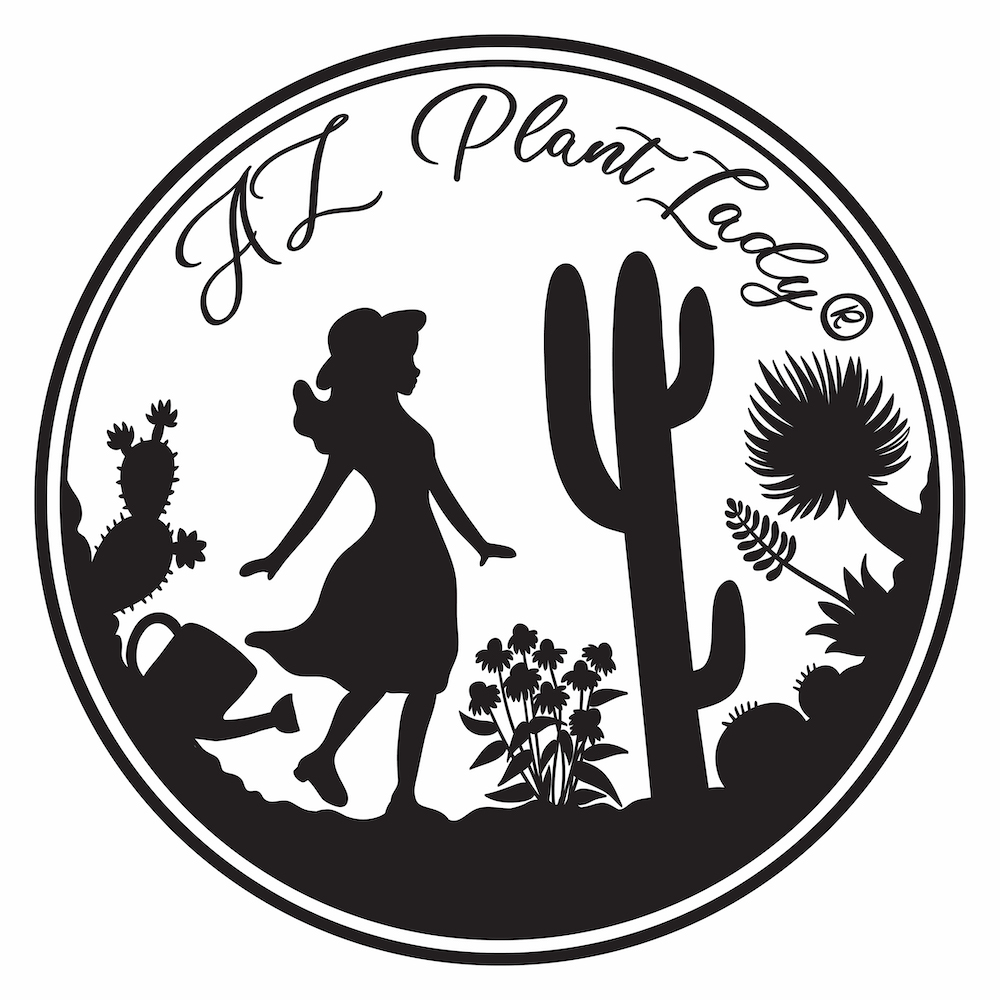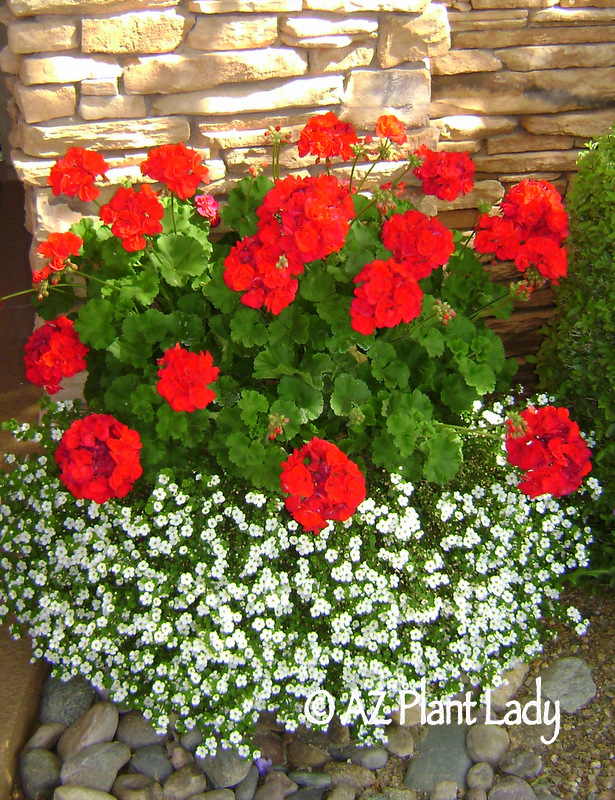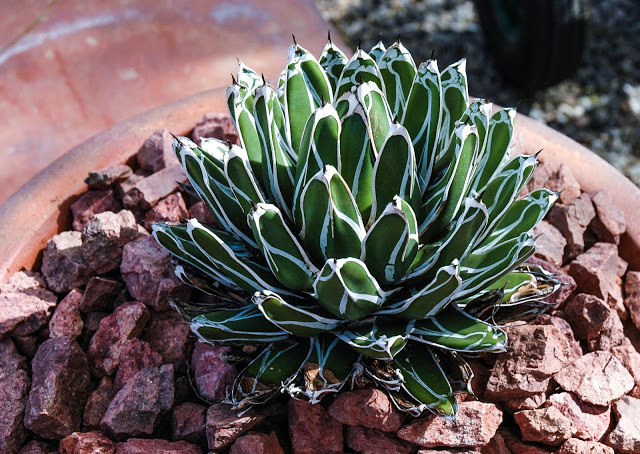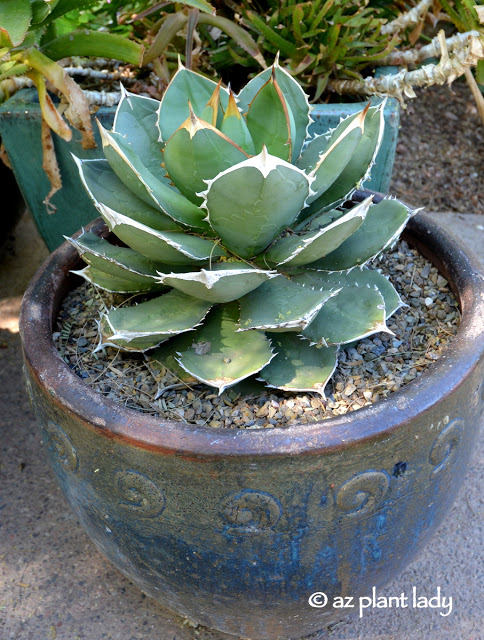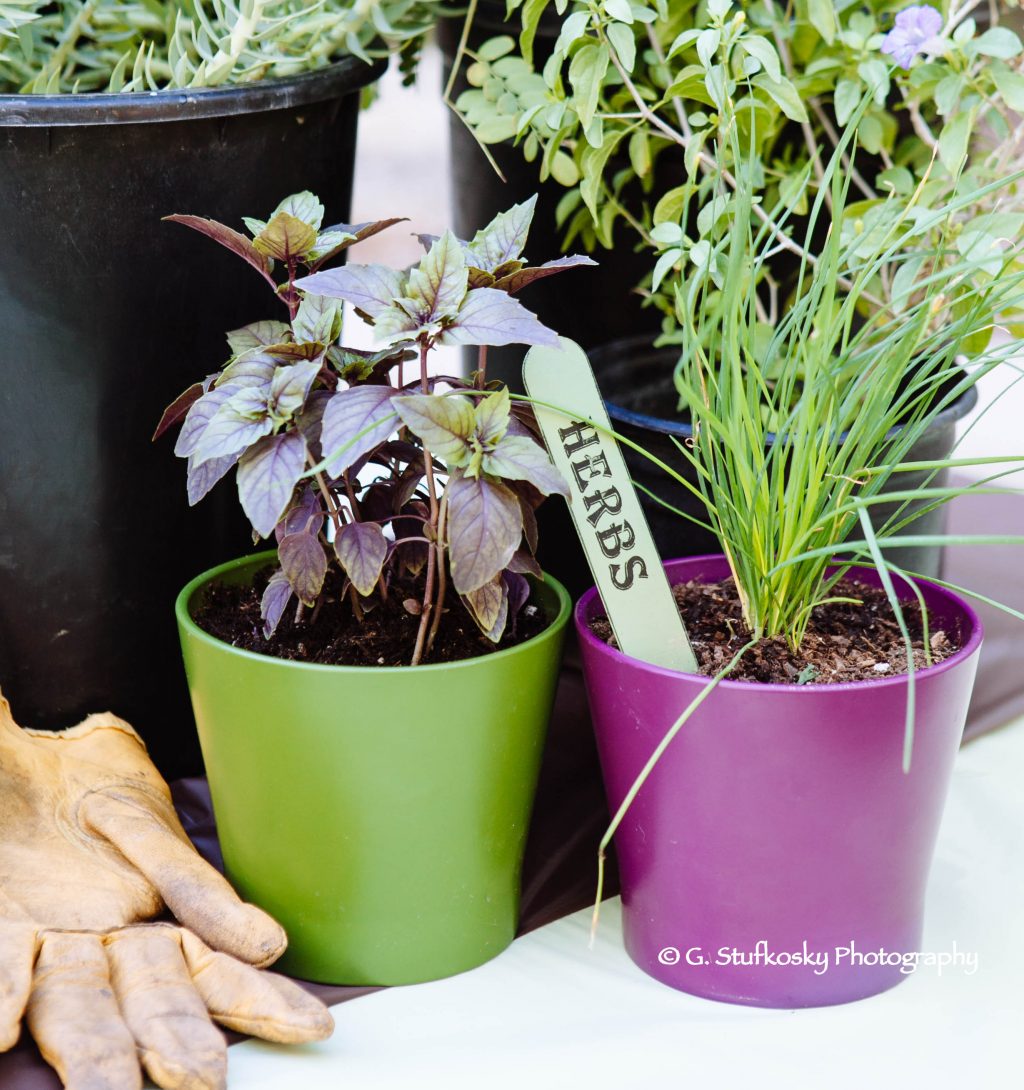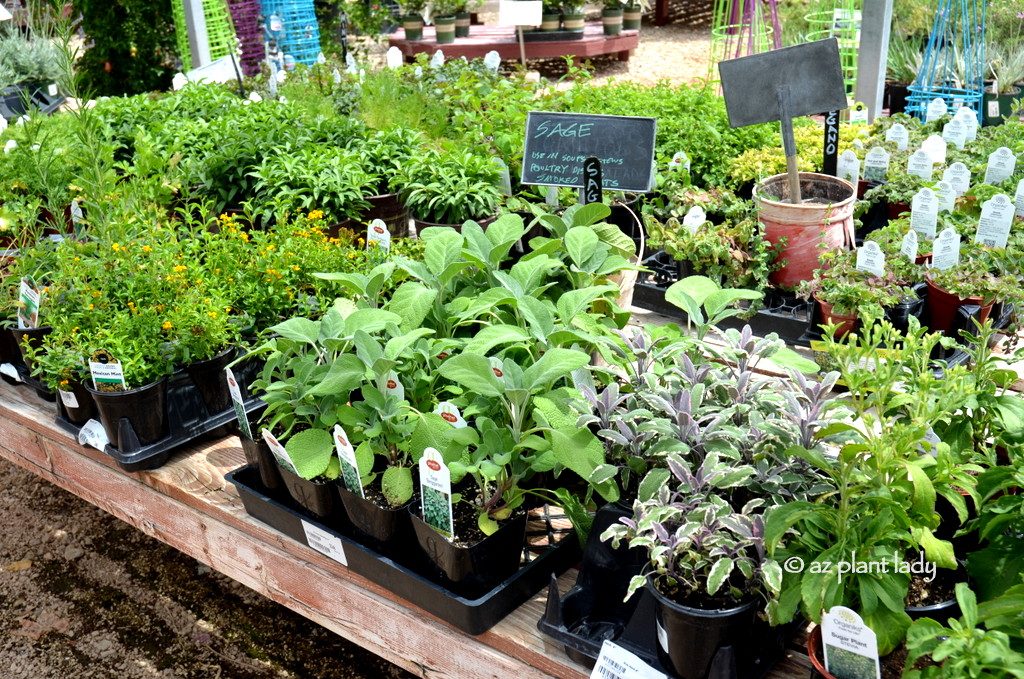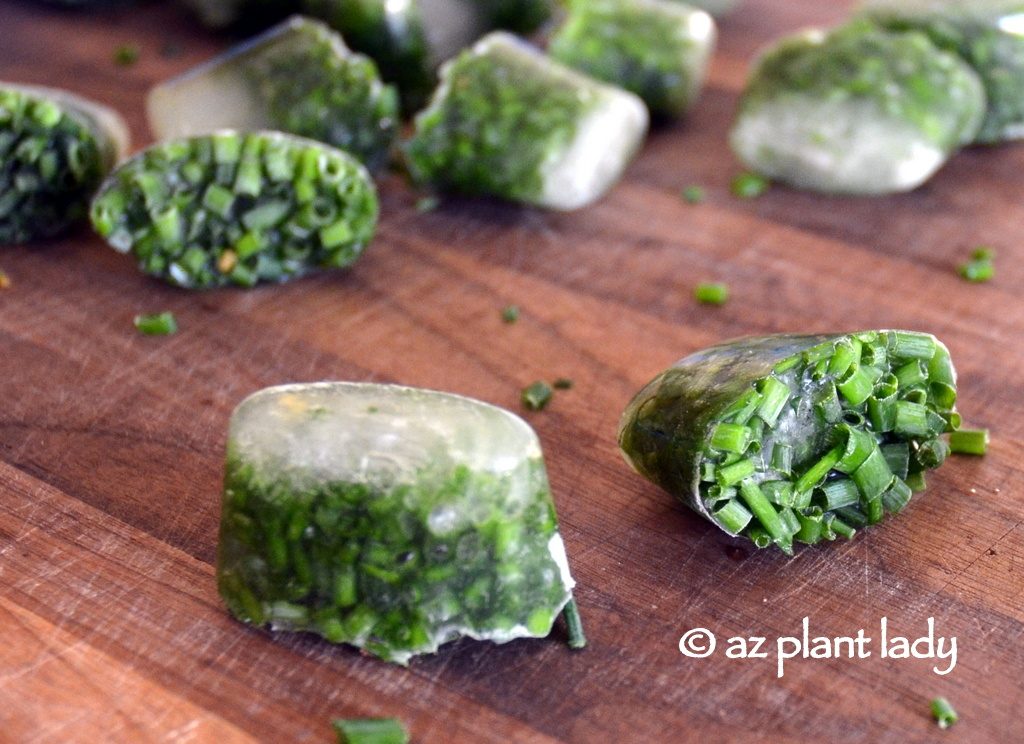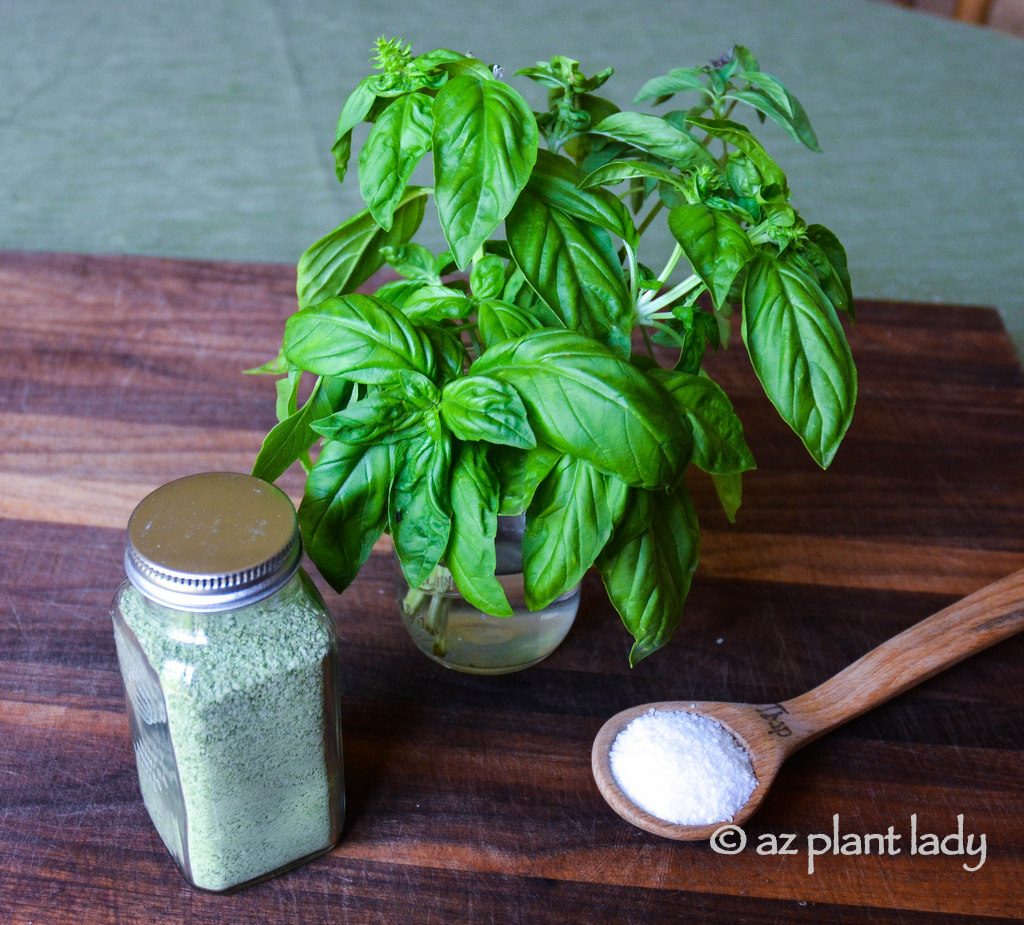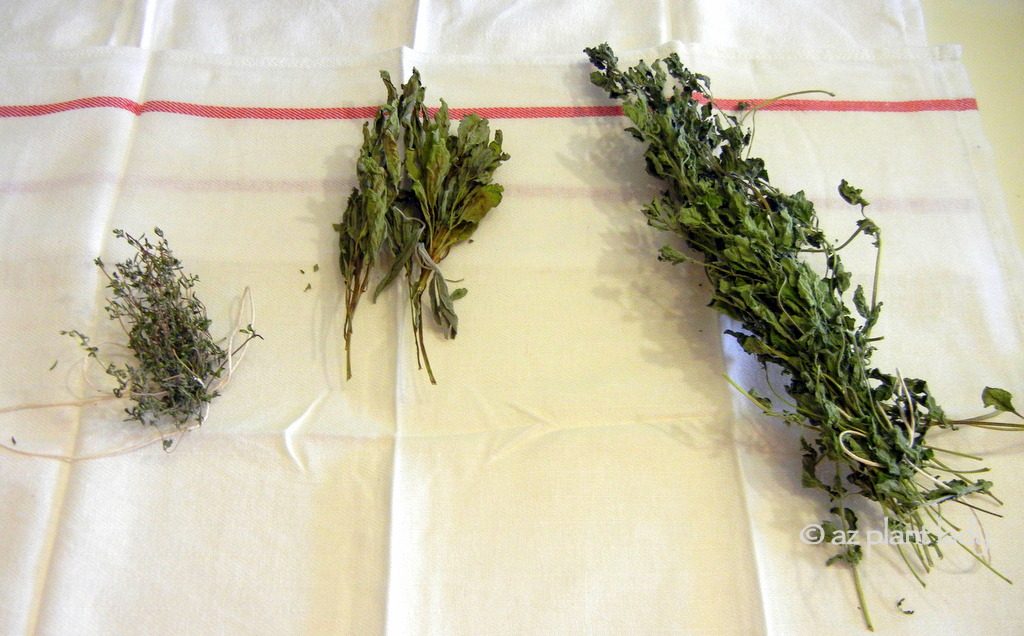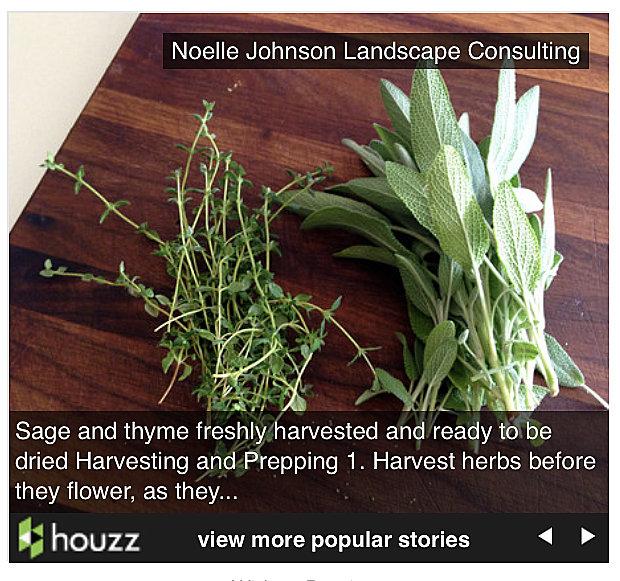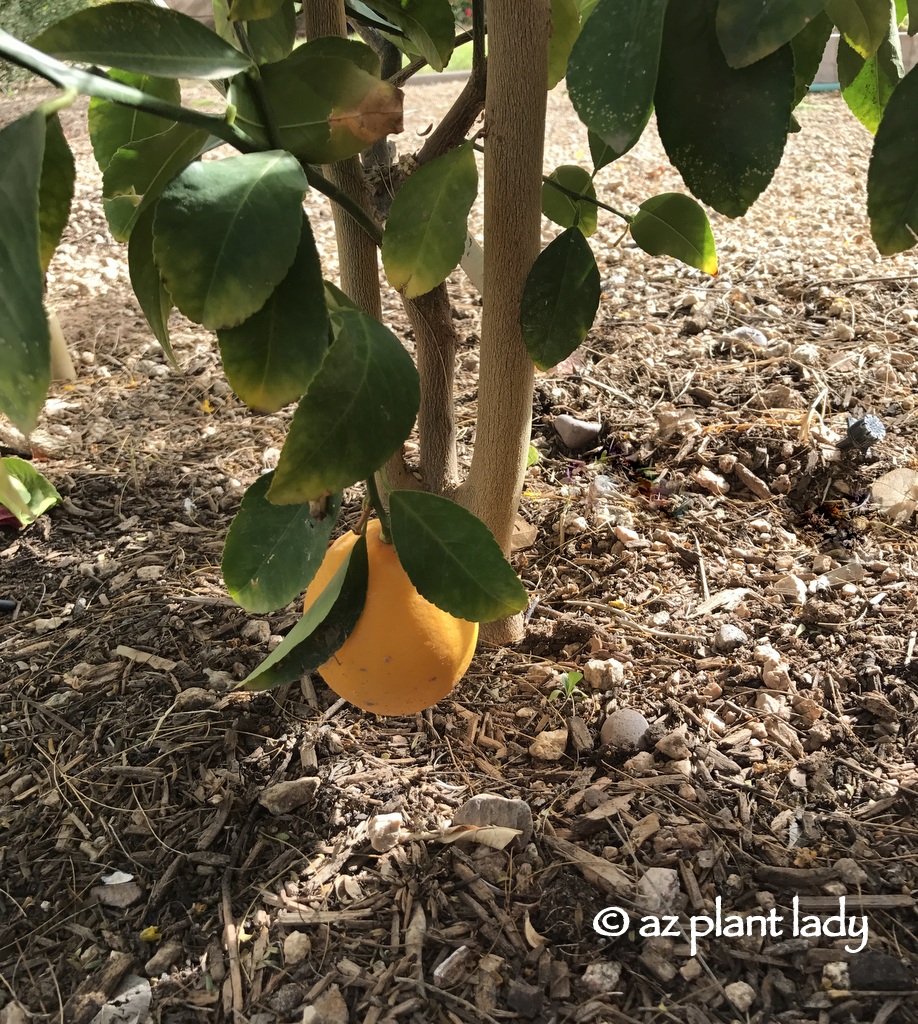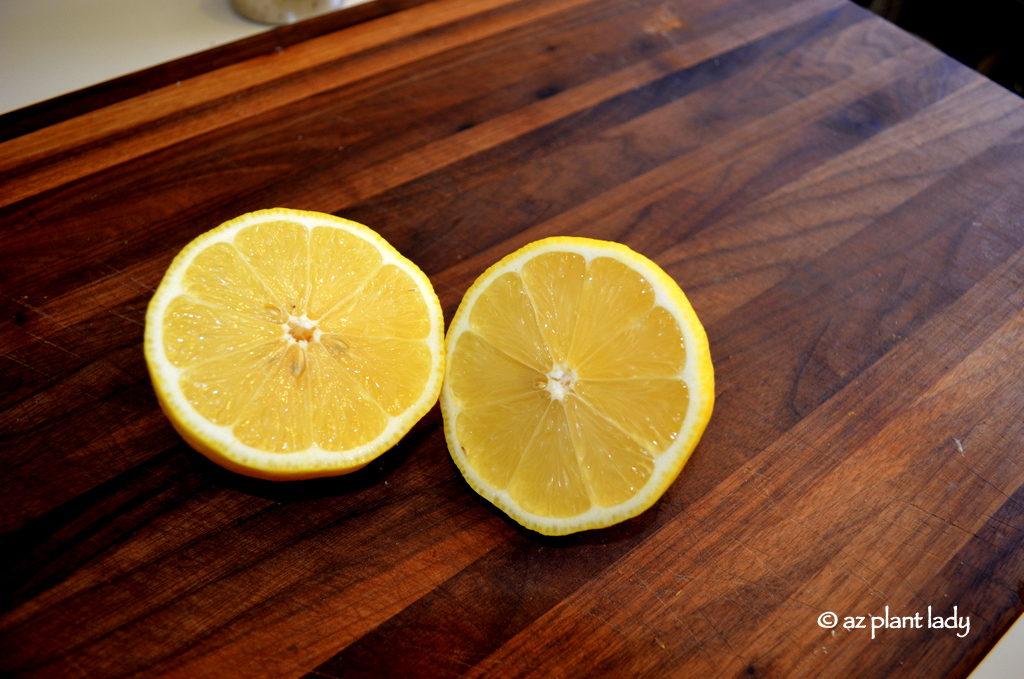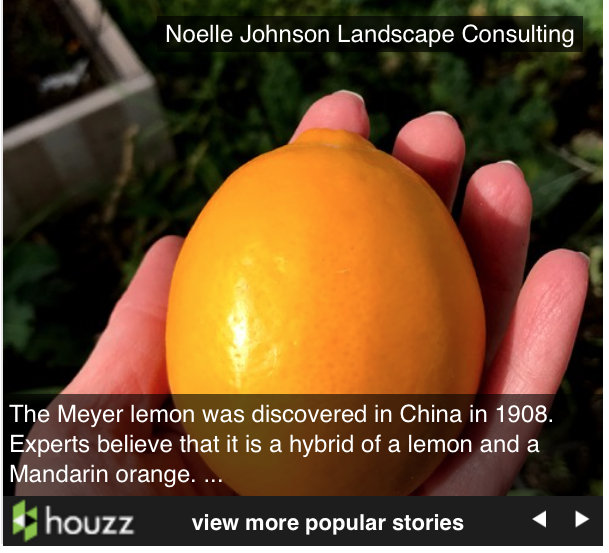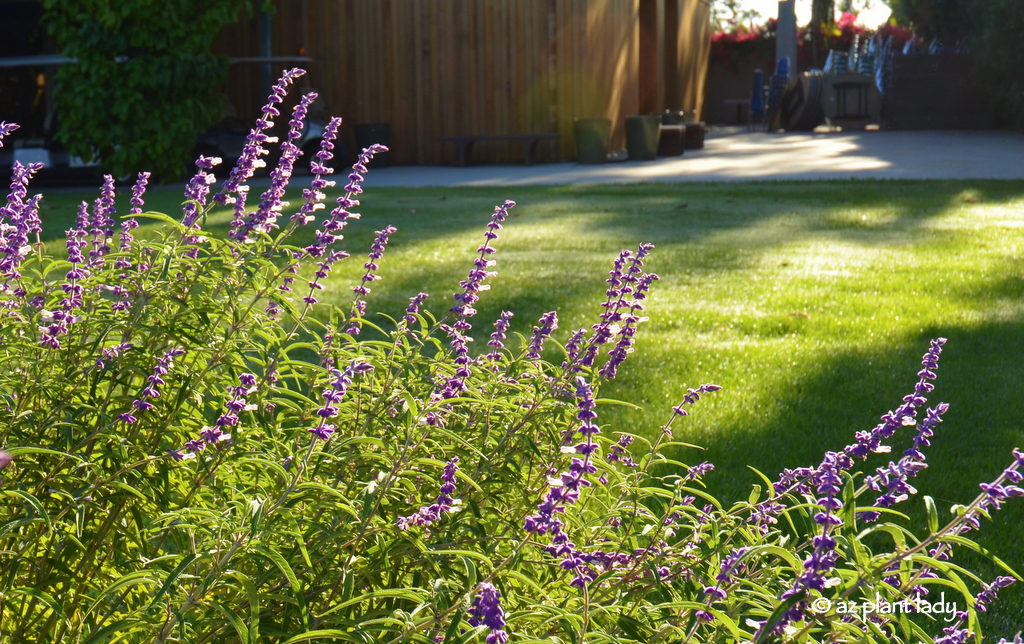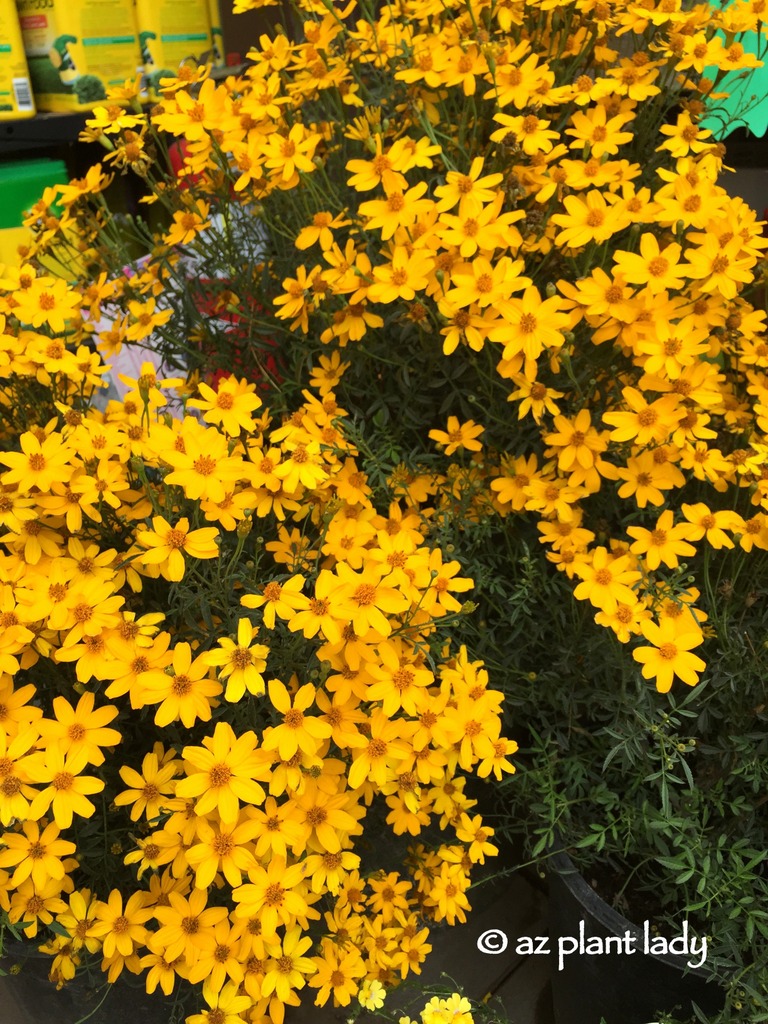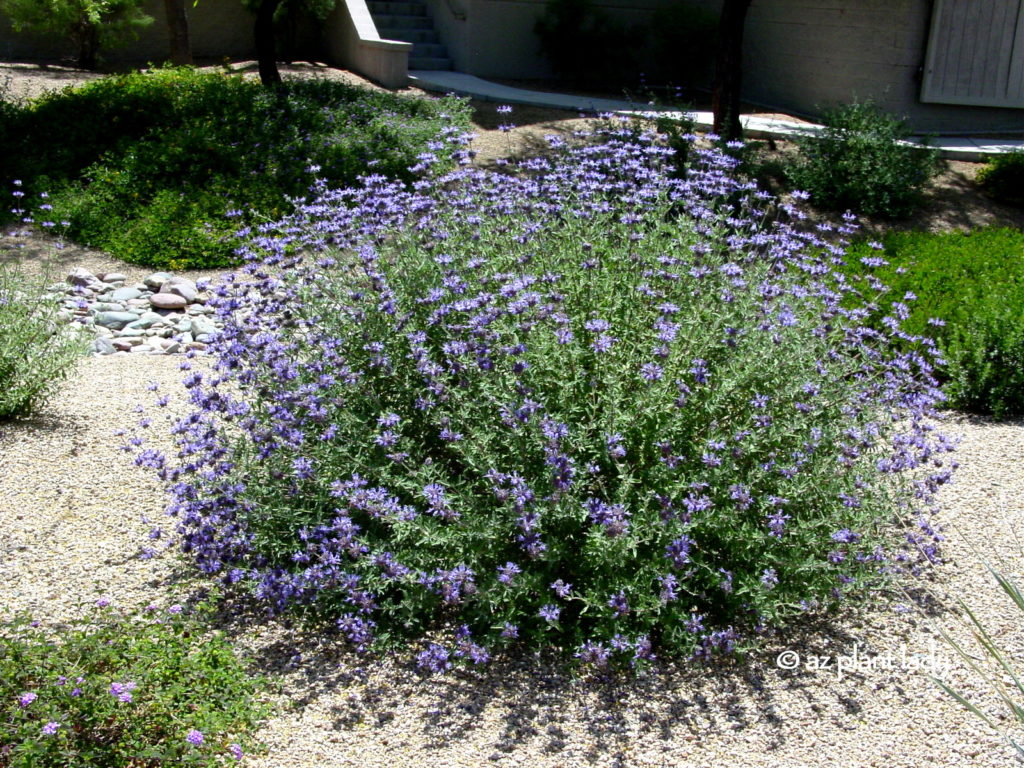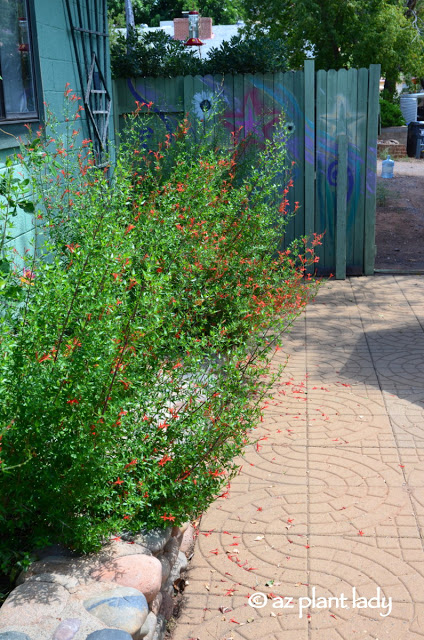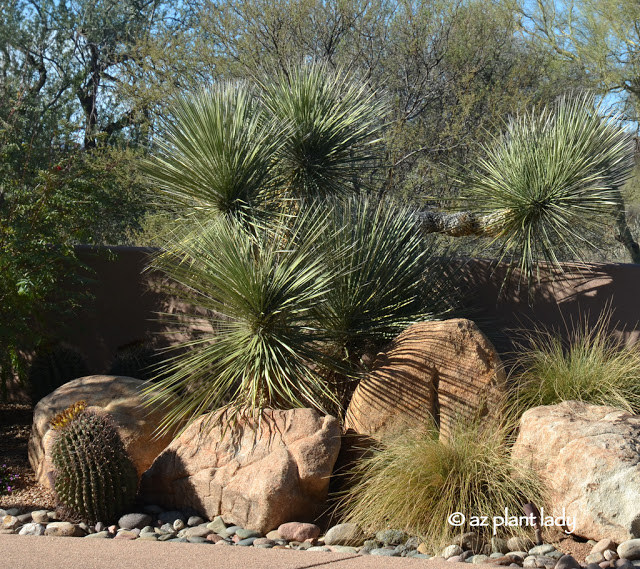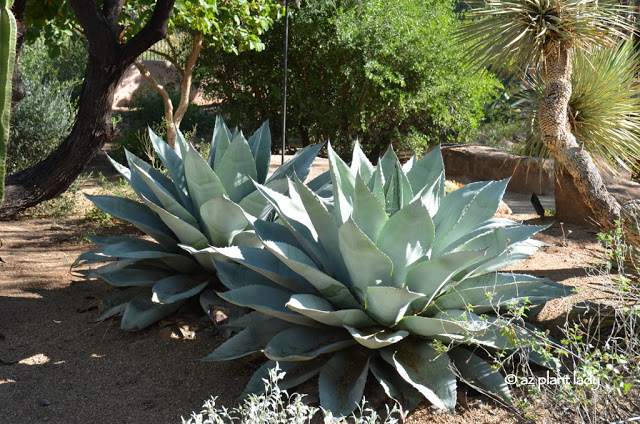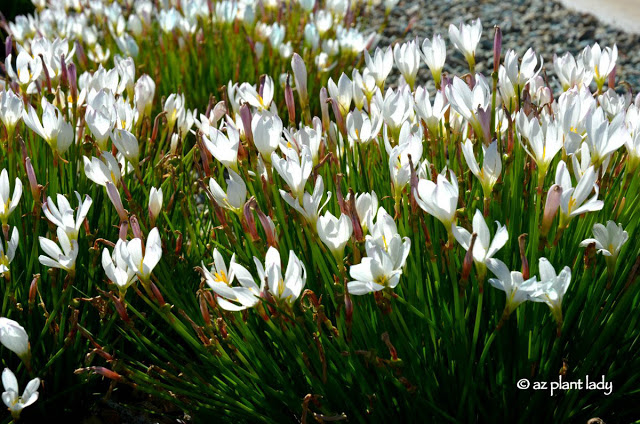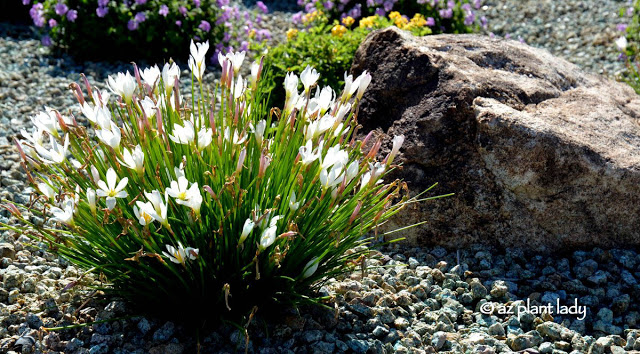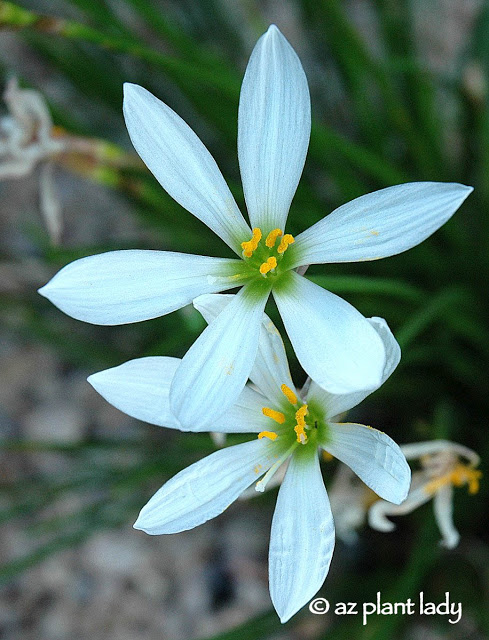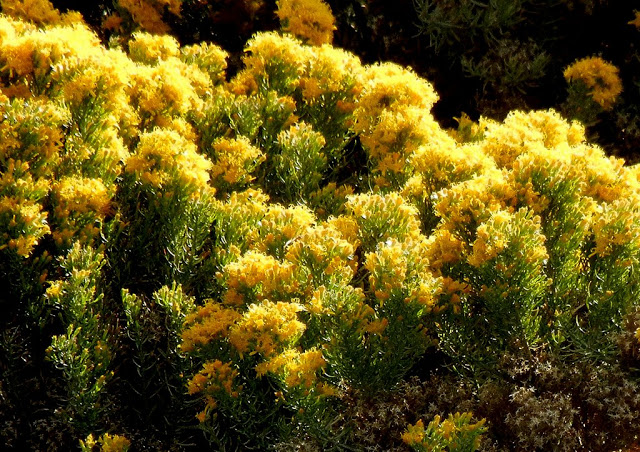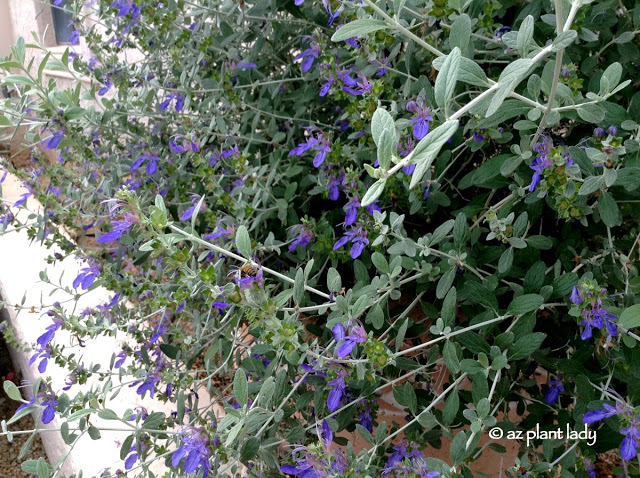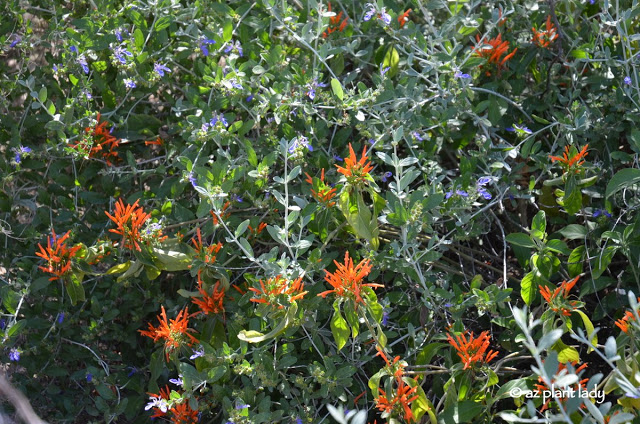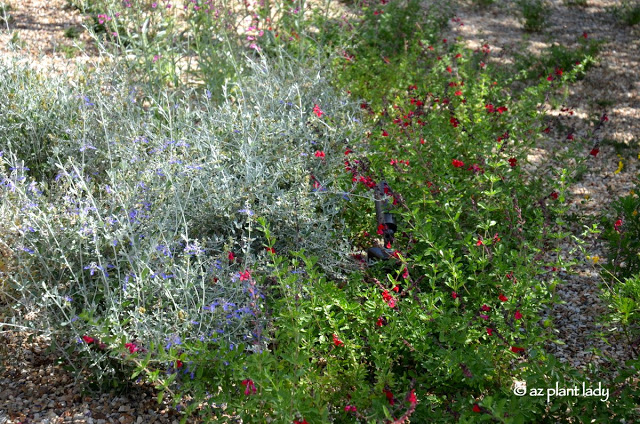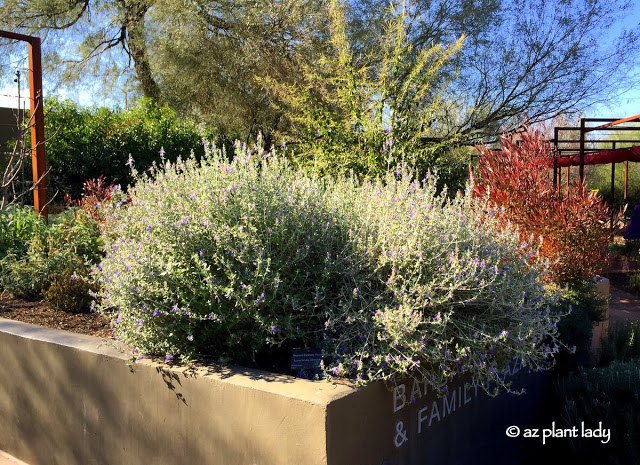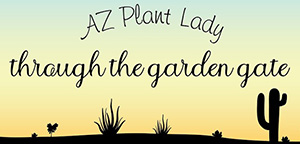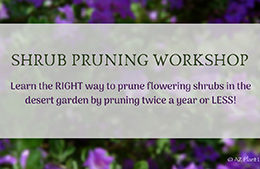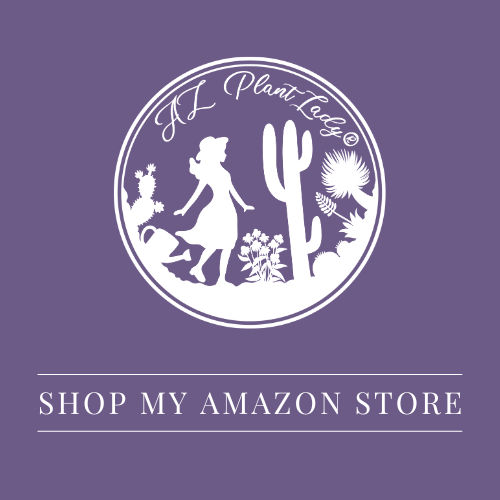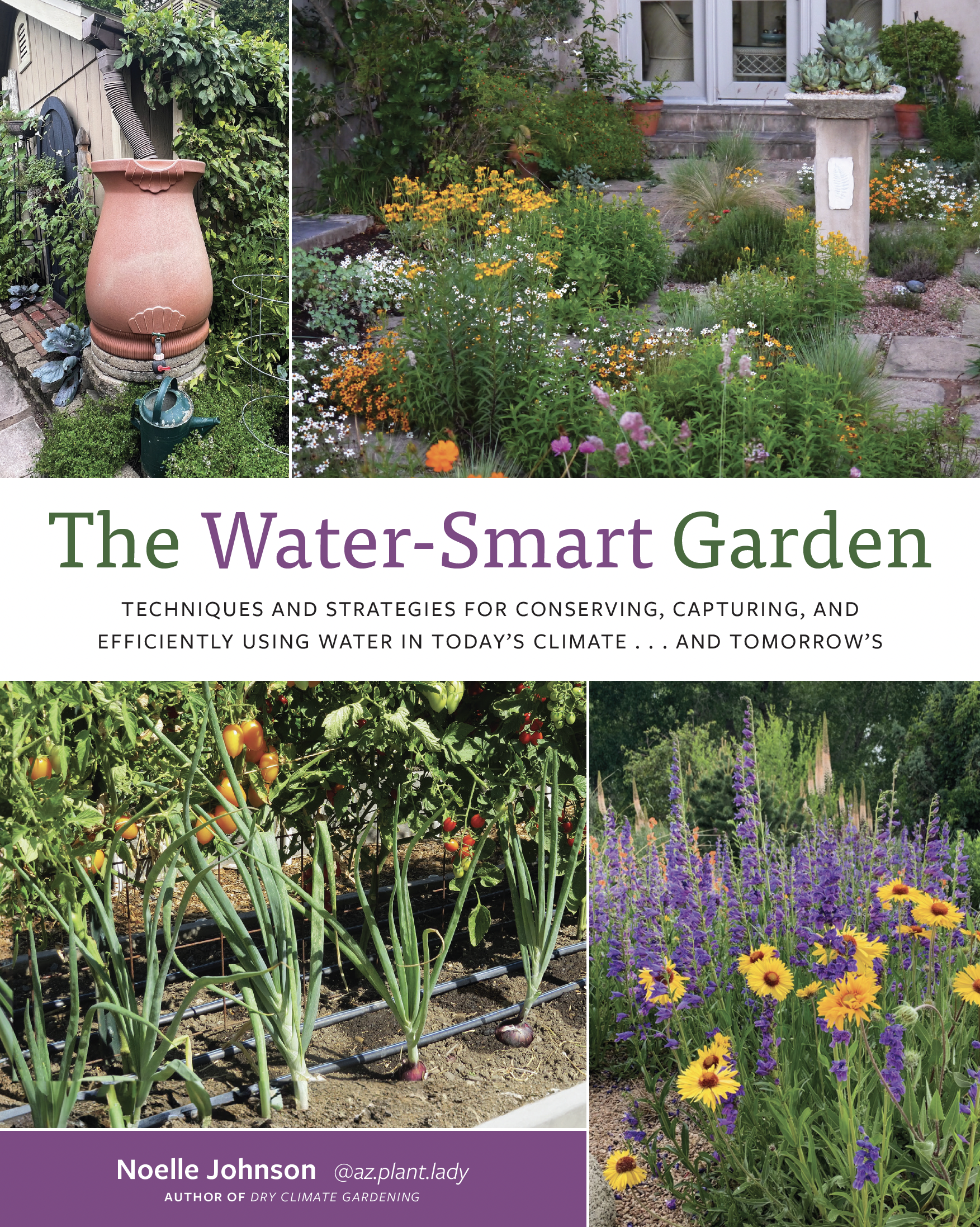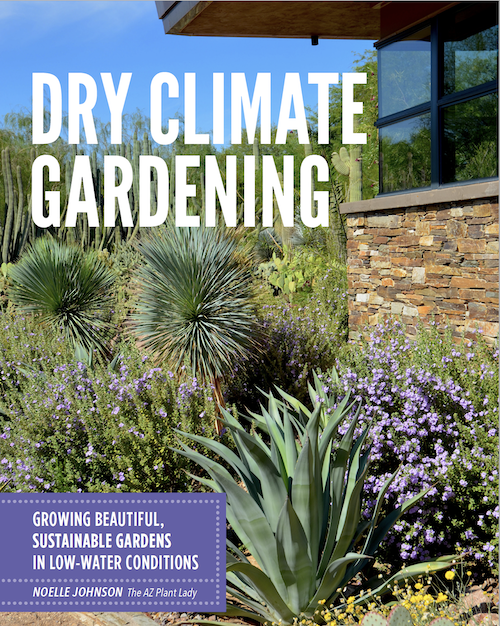Embracing Vibrant Fall Foliage in Arid Climates
Before you lament a fall season devoid of colorful fall foliage in the arid West and Southwest regions of the U.S., here are some favorite water-wise shrubs and trees that will add glorious color in varying shades of orange, red, and burgundy to your arid autumn landscape.
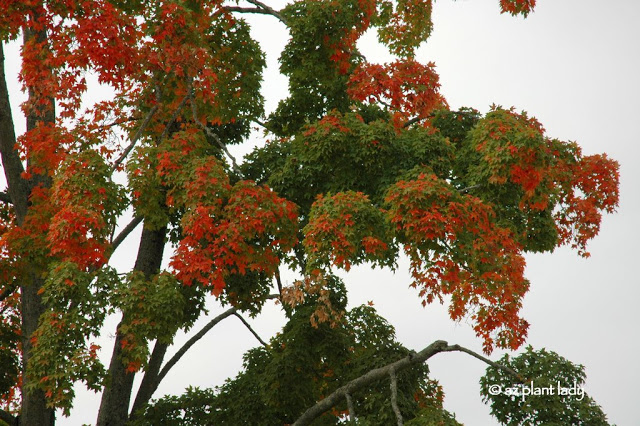
we enjoyed on a trip to Williamsburg, VA several years ago.
Have you ever traveled somewhere else to find colorful fall foliage? What if you could have fall color in your own landscape?
A Splash of Fall Foliage Color in the Arid Desert
Like most water-wise plants, the following do best in well-drained soil. The watering guidelines given are approximate and may need to be adjusted in response to variables such as sun exposure, soil, and climate. In general, drought-tolerant plants do best when the soil is watered deeply and then allowed to dry out before the next watering. Plant in fall or wait until spring, and enjoy fall color for years to come.
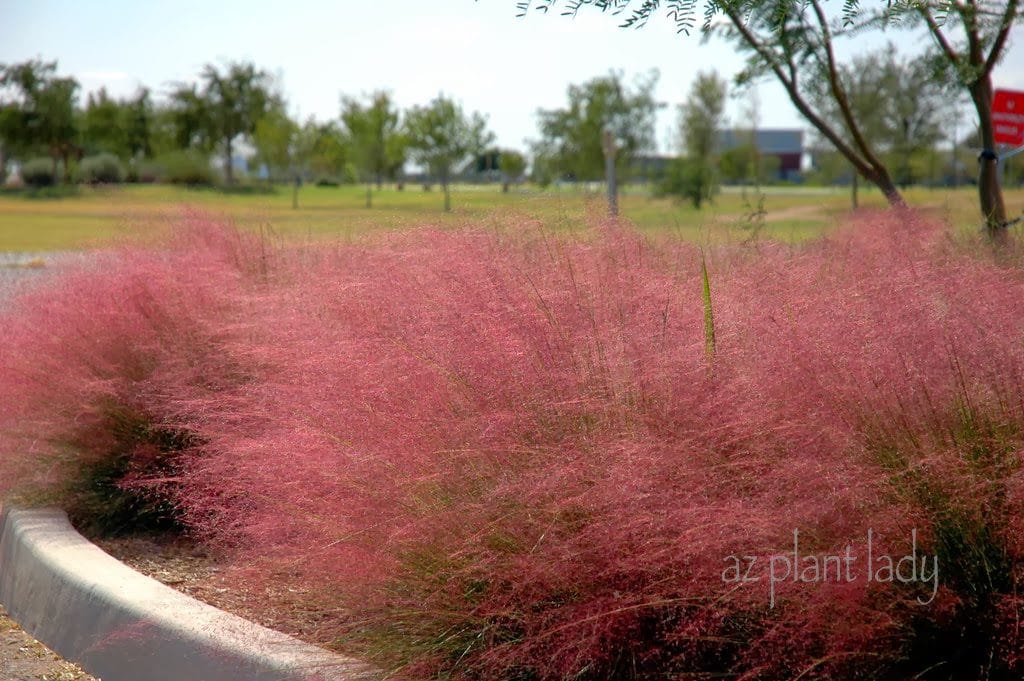
Pink Muhly Grass (Muhlenbergia capillaris)
Autumn Pink
In spring and summer, this ornamental grass provides an attractive backdrop with its graceful green foliage. As temperatures begin to fall and days begin to shorten, burgundy-pink plumes softly wave above the green blades, and pink muhly grass takes center stage in the garden. Its color slowly fades to a lovely wheat color in winter. Plant it in groups of three, five, or seven for the greatest effect.
Growing Conditions
Where it will grow: Hardy to 0 degrees Fahrenheit, or minus 18 degrees Celsius (USDA zones 7 to 9; find your zone)
Water requirement: Low to moderate; can survive on little water, but flowering is improved with regular summer irrigation. Water every 10 to 14 days in summer, every two weeks in spring through fall, and monthly in winter for the best flowering.
Light requirement: Full, reflected sun to filtered shade
Mature size: 3 feet tall and wide
Planting notes: Plant in well-drained soil in full sun or filtered shade; cut back to the ground in late winter; apply a slow-release fertilizer in spring.
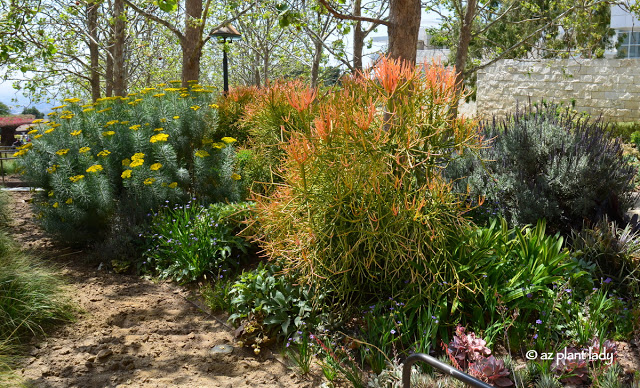
‘Sticks on Fire’ Milk Bush (Euphorbia tirucalli ‘Sticks on Fire’)
Unexpected Bursts of Orange
Orange splashes of color come from an unexpected source with this drought-tolerant succulent. ‘Sticks on Fire’ differs from the green-colored parent plant in that it is smaller and new growth has a bright orange color. The color fades to yellow and then green in summer only to turn orange again when temperatures cool. In cooler climates it can be grown in a container and brought indoors when temperatures dip below freezing. Milk bush can easily be propagated from cuttings. Be sure to wear gloves when handling this plant, as its milky sap can irritate skin and eyes.
Growing Conditions
Where it will grow: Hardy to 30 degrees Fahrenheit, or minus 1 degree Celsius (zones 9 to 11)
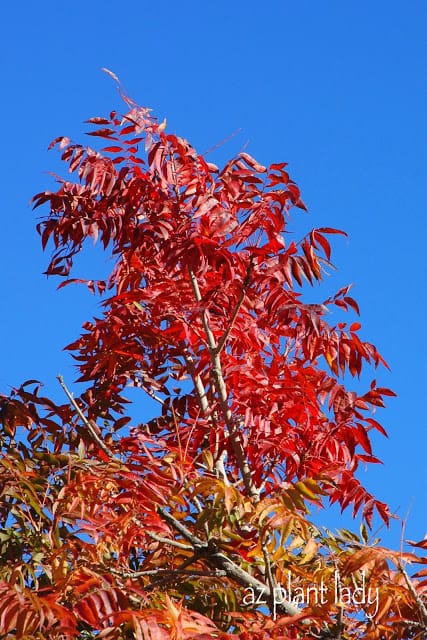
Water requirement: Low; water every three weeks spring through fall and monthly in winter. In the low desert, water twice a month spring through fall.
Light requirement: Full sun to filtered shade (full sun is needed for it to develop the orange color)
Mature size: 4 to 8 feet tall and 3 to 5 feet wide
Planting notes: Plant in well-drained soil in full sun.
Chinese Pistache (Pistacia chinensis)
A Burst of Fall Foliage
Chinese pistache is for those who are looking for a tree that produces colorful fall foliage and will thrive in dry, arid climates. It is widely grown throughout the Northwest and the southern half of the United States, and is a go-to tree for reliable autumn color in the Southwest. In fall, bright green leaves give way to shades of yellow followed by orange and red, providing much-desired fall color for the drought-tolerant garden. Female trees produce berries that attract birds. This tree isn’t fussy about soil, as long as it’s well-drained, but it does need room to grow to its full size.
Growing Conditions
Where it will grow: Hardy to minus 10 degrees Fahrenheit, or minus 23 degrees Celsius (zones 6 to 9)
Water requirement: Low to moderate; water to 3 feet every 10 to 14 days in summer, every three weeks in spring through fall and monthly in winter
Light requirement: Full, reflected sun to filtered shade
Mature size: 30 to 60 feet tall and 30 to 40 feet wide
Planting notes: Plant in well-drained soil in full sun or filtered shade; prune in winter to shape.
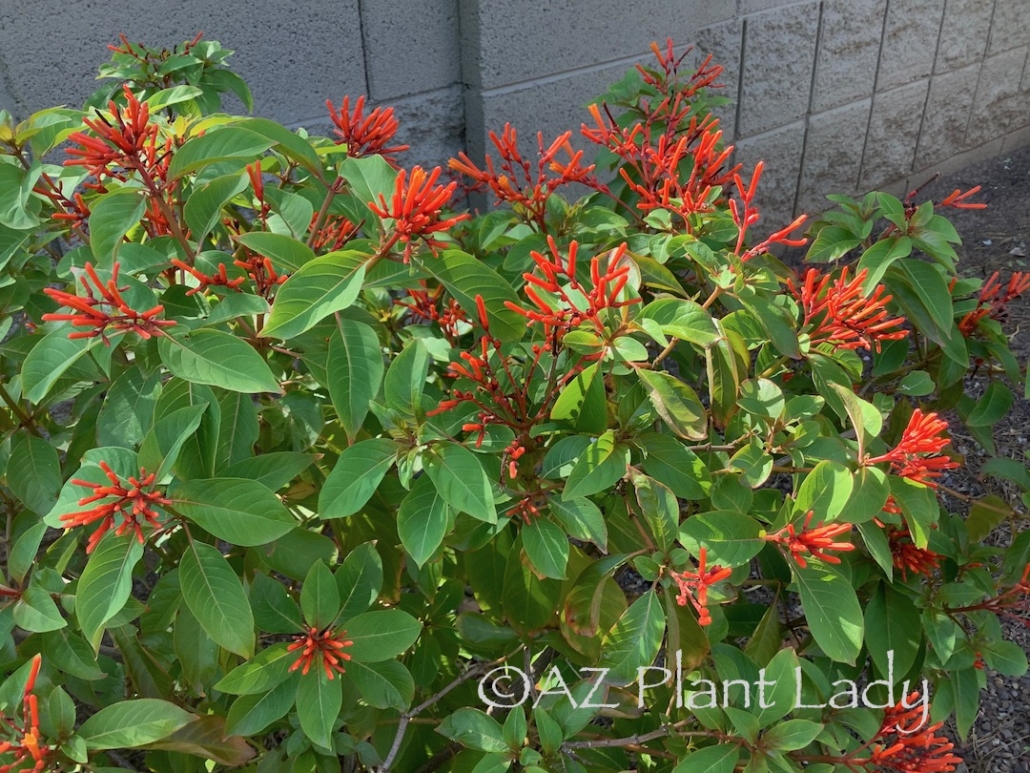
Firebush (Hamelia patens)
N
A Blaze of Color and Fall Foliage
The allure of firebush goes beyond its stunning orange-red spring and summer blooms, which are a magnet for hummingbirds. It saves its grand finale for fall when its lush foliage transforms into a vibrant shade of red, creating a fiery spectacle. In tropical climates, this heat-loving shrub can grow into a small tree, while in drought-tolerant landscapes, it remains a manageable and colorful shrub. Although it dies back when temperatures dip into the 20s, it resurfaces in spring. In zones 7 and below, it can be grown as an annual.
Growing Conditions
Where it will grow: Hardy to 10 degrees Fahrenheit (zones 7 to 11)
Water requirement: Moderate; water 18 inches to 2 feet deep weekly in summer, every 10 to 14 days in spring through fall, and every three weeks in winter
Light requirement: Full and reflected sun to filtered shade (full sun is best for flowering)
Mature size: 4 to 5 feet tall and wide
Planting notes: Plant in well-drained soil; prune back in spring, after the danger of frost has passed.
‘Krauter Vesuvius’ Cherry Plum (Prunus cerasifera ‘Krauter Vesuvius’)
A Regal Purple Masterpiece
This plum tree species is renowned for its regal burgundy-purple foliage that graces the landscape from spring through fall. Despite being a plum tree, its fruits are typically small or nonexistent, as its true value lies in its captivating foliage. Pale pink springtime blossoms are soon followed by the emergence of dark-colored leaves. While several cherry plum varieties exist, ‘Krauter Vesuvius’ stands out as the most drought-tolerant, making it ideal for enduring hot, dry summers.
Growing Conditions
Where it will grow: Hardy to minus 20 degrees Fahrenheit (zones 5 to 9)
Water requirement: Moderate; water 2 to 3 feet every 10 to 14 days in summer, every two to three weeks in spring and fall, and monthly in winter. In the low desert, water weekly in summer and every 10 to 12 days in spring and fall.
Light requirement: Full sun to filtered shade (full sun is needed for maximum purple color)
Mature size: 15 to 20 feet tall and wide; smaller cultivars are available
Planting notes: Plant in well-drained soil; prune during winter dormancy.
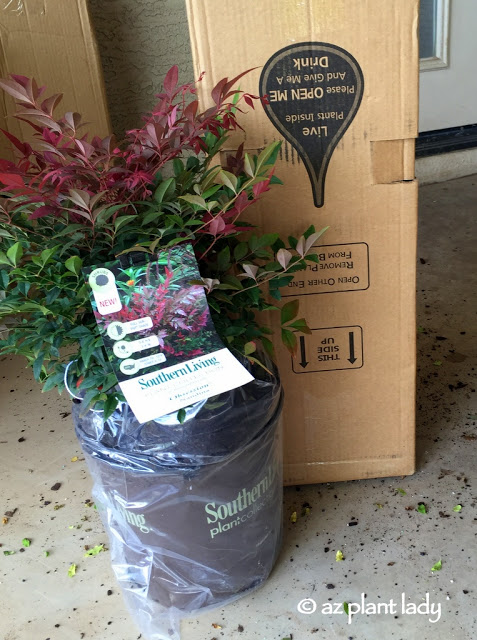
Heavenly Bamboo (Nandina domestica)
A Bamboo-Like Marvel with Radiant Red Fall Foliage
Heavenly bamboo, often likened to true bamboo due to its fine-textured leaves and upright stems, unveils a delightful transformation in fall and winter. The new growth takes on a charming burgundy tint before transitioning to a bright spring and summer green. As cooler temperatures grace the landscape, the foliage transitions into enchanting shades of red. Additionally, small flowers give way to clusters of red berries in autumn. While moderately drought-tolerant, it thrives in arid regions, maintaining its vigorous growth in controlled environments.
Caution: Heavenly bamboo can become invasive in regions with abundant rainfall, especially in the eastern U.S., and all parts of this shrub are toxic.
Growing Conditions
Where it will grow: Hardy to minus 10 degrees Fahrenheit (zones 6 to 9)
Water requirement: Low to moderate; water 18 inches to 2 feet twice a month in summer, every three weeks in spring and fall, and monthly in winter. In the low desert, water weekly in summer and twice a month in spring and fall.
Light requirement: Full sun to filtered shade (prefers filtered to full shade in the low desert)
Mature size: 4 to 6 feet tall and 3 feet wide; smaller cultivars are available
Planting notes: Plant in well-drained soil; selectively prune older branches at the base in late winter or early spring.
Do you have a favorite plant that gives you fall color?
Drive By Landscapes: Winter Beauty in the Southwest Garden

